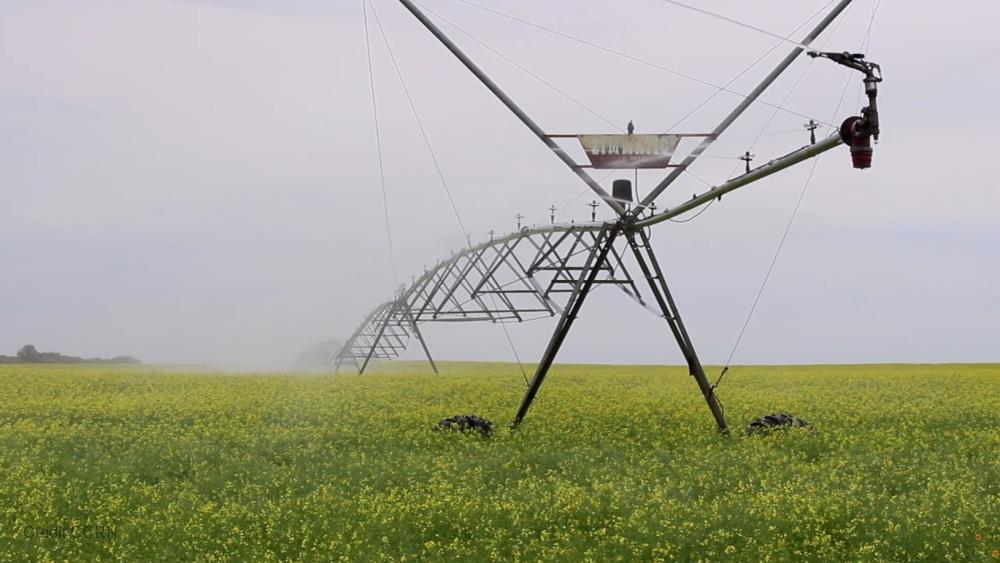
Related items loading ...
Section 1: Overview
Name of Research Project
|
Related Project
|
Part
|
|
GWF-FORMBLOOM: Forecasting Tools and Mitigation Options for Diverse Bloom-Affected Lakes
|
|
|
|
|
|
|
|
Program Affiliations
Related Research Project(s)
|
GWF-FORMBLOOM: Forecasting Tools and Mitigation Options for Diverse Bloom-Affected Lakes | |
Dataset Title
Data for "Extreme midsummer rainfall event drives early onset cyanobacterial bloom\
Additional Information
Creators and Contributors
|
Megan Larson | Author; Point of Contact | meg.larson87@gmail.com | Wilfrid Laurier University |
Jason Venkiteswaran | Author | | Wilfrid Laurier University |
Abstract
The prevalence and increasing global distribution of cyanobacteria-dominated harmful algal blooms is strongly associated with changing climatic patterns and local biogeochemical and hydrological processes. Changes to precipitation frequency and intensity, as predicted by current climate models, are likely to alter bloom development and composition due to nutrient fluxes and water column mixing. However, few studies have directly documented the effects of precipitation events on cyanobacterial composition, biomass, and toxin production. In this study, we describe an early-initiated cyanobacterial bloom in Conestogo Lake, a eutrophic flood control reservoir located in southwestern Ontario, following heavy rainfall and subsequent flooding within the catchment. A surge in bioavailable phosphorus resulted in biomass increases of Aphanizomenon flos-aquae throughout the reservoir approximately 2 weeks post-flooding. Anabaenopeptin-A and three microcystin congeners (microcystin-LR, -YR, and -RR) were detected at varying levels across sites during the bloom period, which lasted between 3 - 5 weeks. In addition, each of the three sampled sites varied in physical and chemical properties throughout the sampling campaign suggesting different eco-zones within the reservoir that may be influenced by flow. Together, these findings indicate that water column mixing and phosphorus concentrations were the key drivers for the early cyanobacterial bloom in Conestogo Lake and further highlight the complex relationship and variability within reservoir systems. Therefore, effective management goals and mitigation strategies for bloom-related water quality impairment must be both responsive and adaptive to the complexity of drivers affecting blooms.
Purpose
This data is collected as part of the Pillar 3 GWF project "FORMBLOOM: Forecasting Tools and Mitigation Options for Diverse Bloom-Affected Lakes".
Plain Language Summary
Keywords
|
cyanobacteria bloom |
extreme rainfall |
phosphorus |
reservoir |
cyanotoxins |
Citations
Larsen, M. L., Venkiteswaran, J. (2019). Data for "Extreme midsummer rainfall event drives early onset cyanobacterial bloom" [Dataset]. Figshare.
https://doi.org/10.6084/m9.figshare.7811963.v1Larsen, M. L., Baulch, H. M., Schiff, S. L., Simon, D. F., Sauvé, S., Venkiteswaran J. J. (2020). Extreme rainfall drives early onset cyanobacterial bloom. FACETS 5(1): 899-920.
https://doi.org/10.1139/facets-2020-0022
Section 3: Status and Provenance
Dataset Version
1
Dataset Creation Date
2019-06-03
Status of data collection/production
Dataset Completion or Abandonment Date
2019-06-03
Data Update Frequency
Creation Software
Primary Source of Data
Other Source of Data (if applicable)
Data Lineage (if applicable). Please include versions (e.g., input and forcing data, models, and coupling modules; instrument measurements; surveys; sample collections; etc.)
Section 4: Access and Downloads
Access to the Dataset
Terms of Use
Does the data have access restrictions?
Downloading and Characteristics of the Dataset
Download Links and Instructions
Total Size of all Dataset Files (GB)
0.0000002
File formats and online databases
Other Data Formats (if applicable)
List of Parameters and Variables


 GWFNet
GWFNet Master
Master Data
Data Research
Research Map
Map
 Advanced
Advanced Tools
Tools
 . . .
. . .
 Metadata Editor
Metadata Editor
 Record List
Record List
 Alias List Editor
Alias List Editor
 Legacy sites
Legacy sites